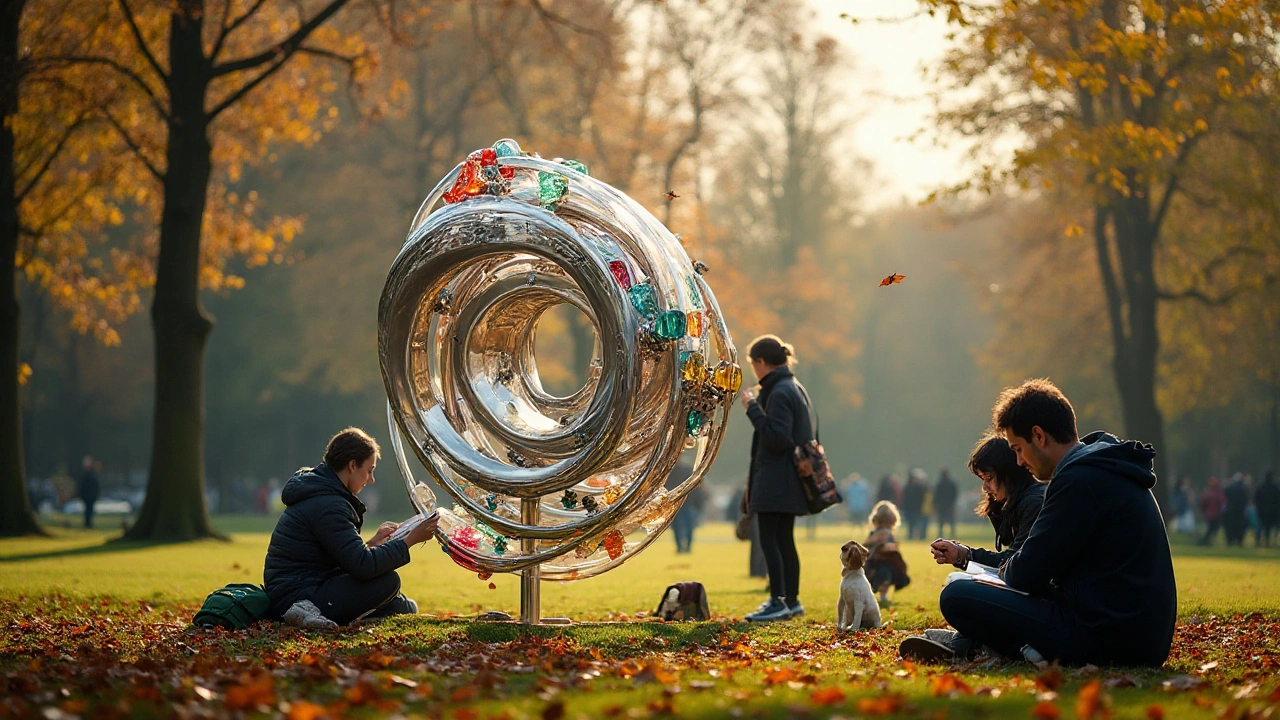Movement in Art: How Movements Change What We See
One movement can flip how people make, buy, and live with art. Think of Bauhaus furniture in your living room or a street mural that shifts a whole block's vibe. This tag collects clear, practical stories about movements—what they looked like, who pushed them, and where you still find their fingerprints today.
An art movement is simply a shared way of making or thinking about art that a group of artists follows for a time. That can mean a style (like Cubism's fractured shapes), a set of ideas (Fluxus mixing art and life), or a goal (Constructivism linking art to social change). Movements give artists tools and give viewers something to look for.
You'll find posts here about big, specific movements: Bauhaus and modern design, Cubism and how it broke perspective, Abstract Expressionism and its raw emotional punch, Photorealism and the techniques painters use to look like photos. We also cover less obvious links, like how Futurism’s ideas nudge smart city design or how Land Art reshapes public spaces.
Why movements matter
Movements don't stay inside museums. Bauhaus rules show up in clean apps and modular furniture. Futurism's obsession with speed and tech appears in city planning and game design. Fluxus pushed performance into galleries and later into viral video formats. Knowing a movement helps you read buildings, ads, games, and interiors faster—and decide if you like them.
Movements also map history. When you see Constructivism, you can trace ties to political change. When you see Baroque drama, you can link it to storytelling power in music and film scores. Those links make art less abstract and more useful for everyday choices—what to hang on your wall, which design to pick for a room, or what to study next.
How to explore movements and use them
Start small. Pick one movement, read a short article, then look for three visual traits: color choices, common materials, and typical subjects. For example, Photorealism favors fine detail and smooth surfaces; De Stijl uses grids and primary colors. Try a simple project: adapt one trait to your home—swap a patterned throw for a geometric one, or frame a photo that mimics a movement’s mood.
Use this tag page as a map. Click articles on Bauhaus, Fluxus, Photorealism, Installation Art or Cubism to get focused examples and step-by-step tips. Want a hands-on test? Recreate a tiny study: a Cubist still life or a mini Land Art display in a plant pot. You'll learn faster by doing.
If you like seeing connections, follow posts that compare movements or show modern uses—like Bauhaus in everyday design or Futurism in games. Bookmark pieces that give practical takeaways and come back when you redecorate, sketch, or plan a visit to a museum or public art site.
Ready to explore? Pick a movement from the list, read one short post, and try one small change inspired by it. You'll start spotting how movements shape the world around you—and pick up fresh ideas for your space or art practice.

